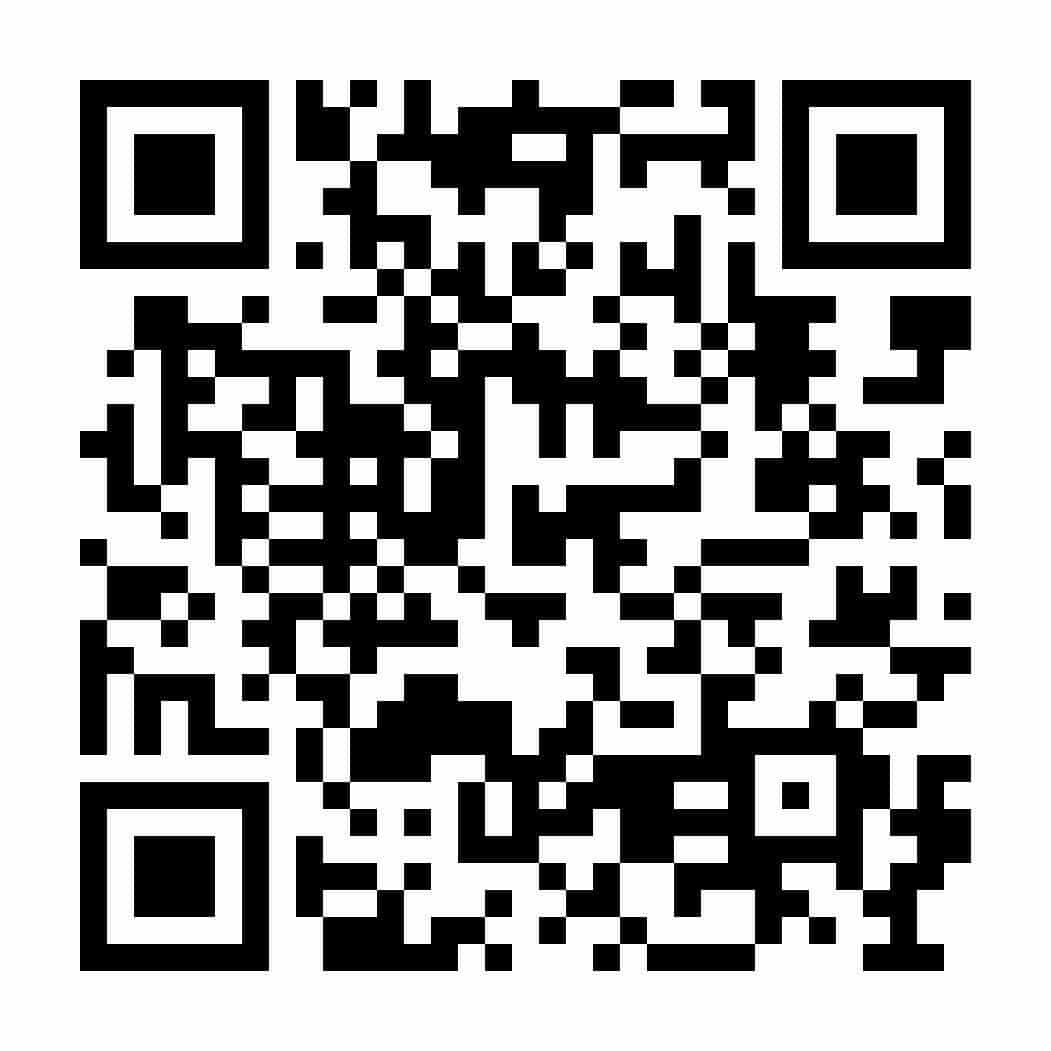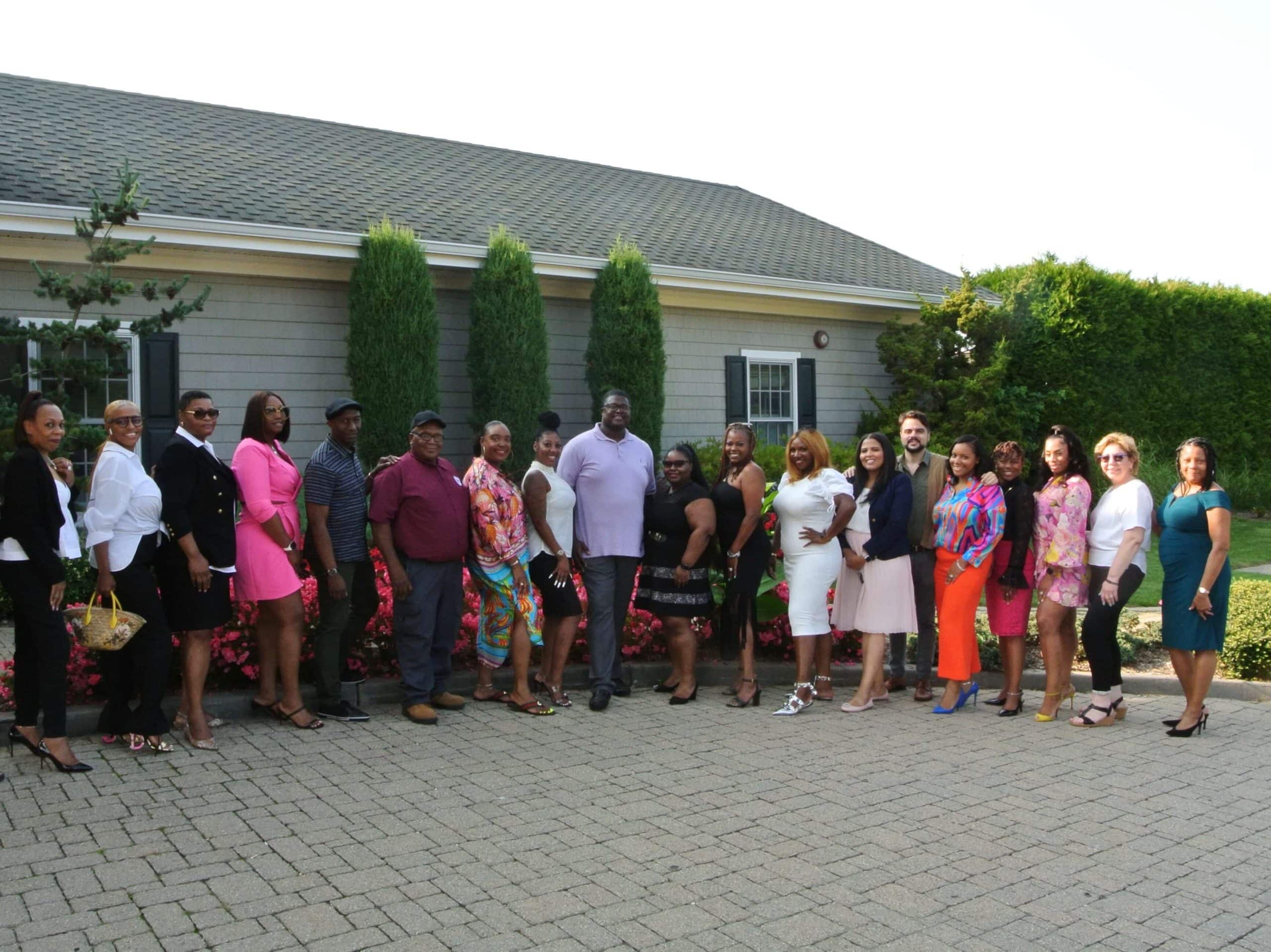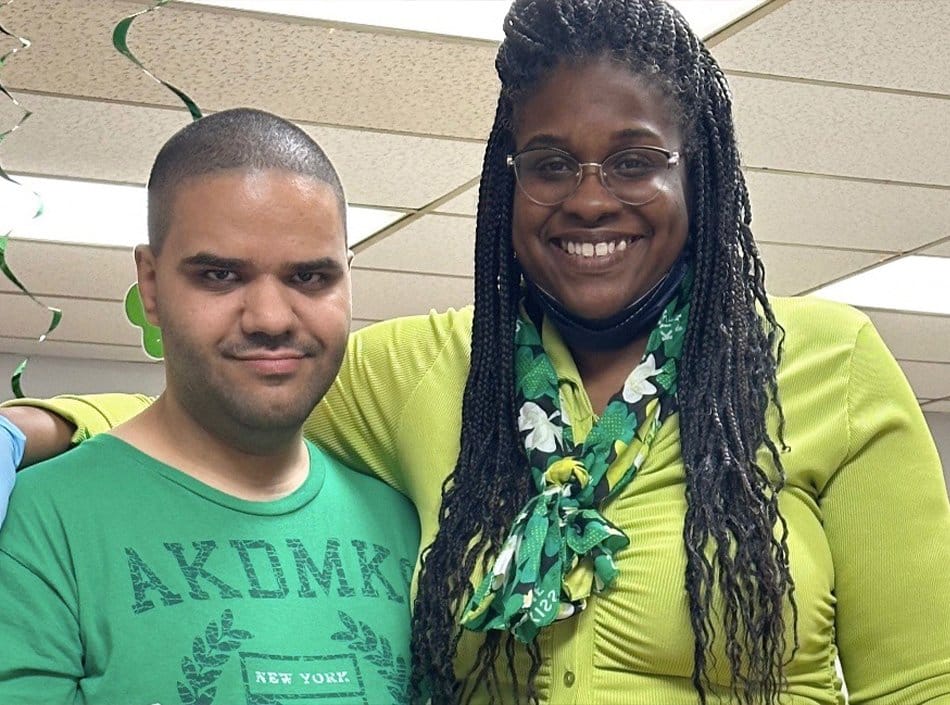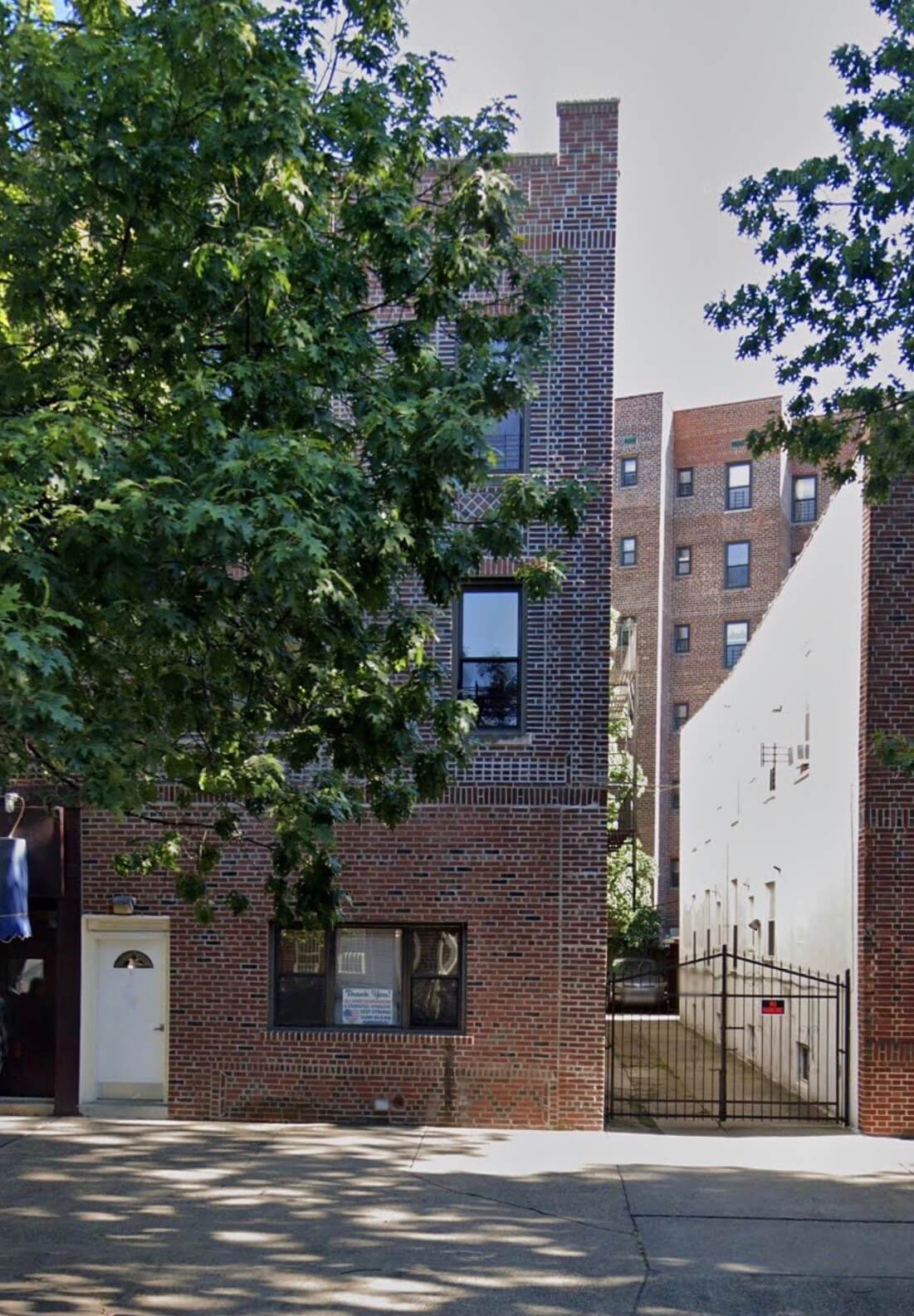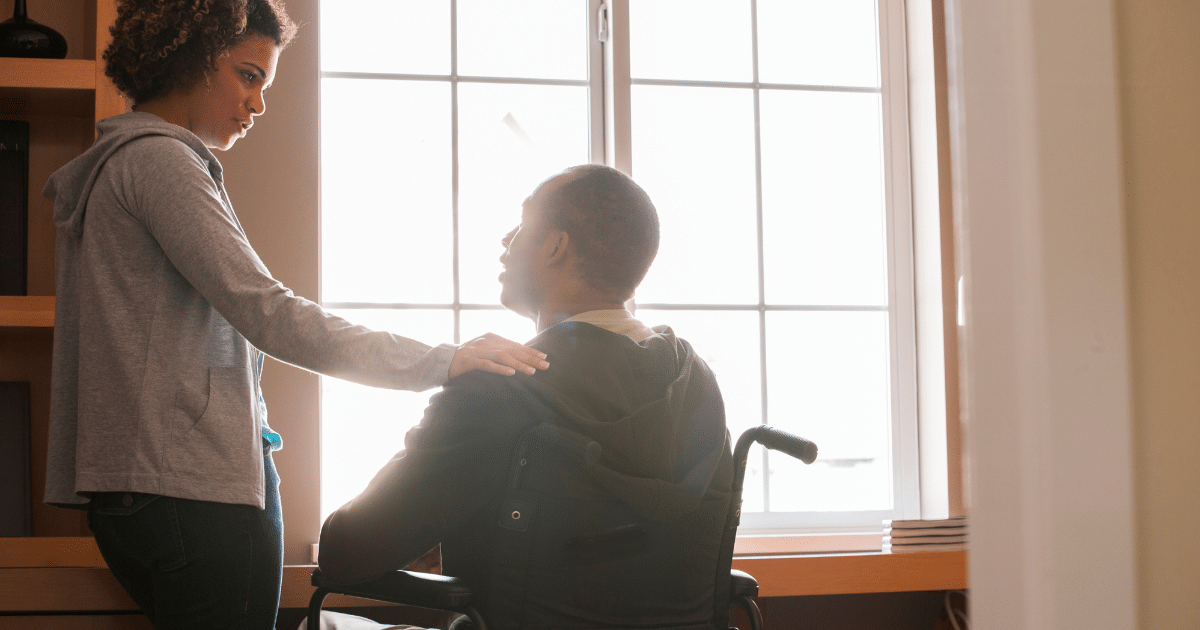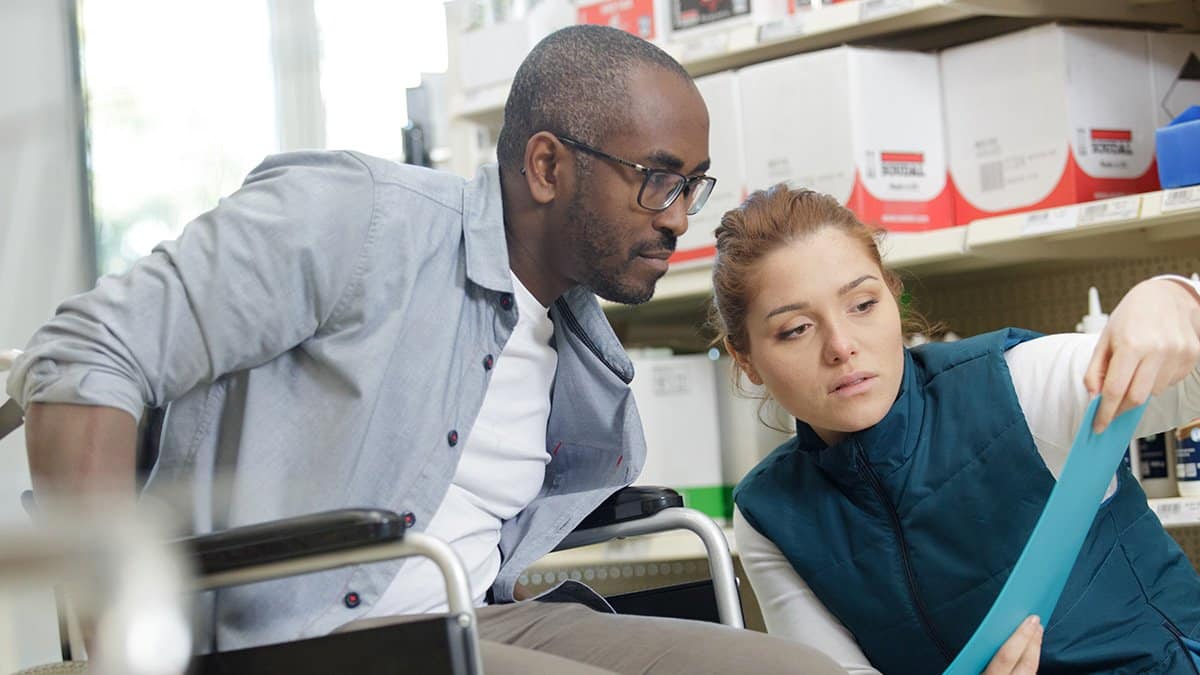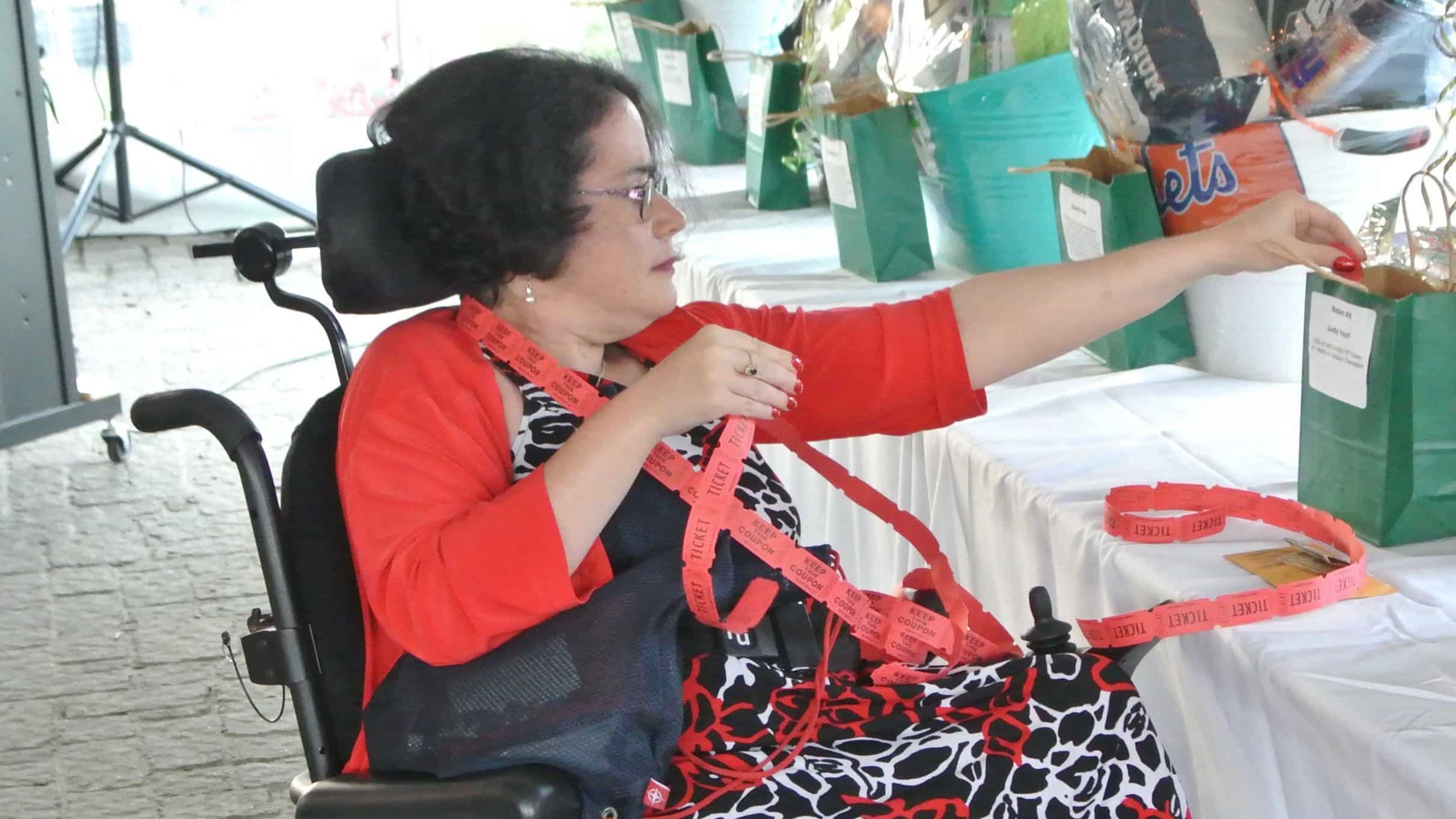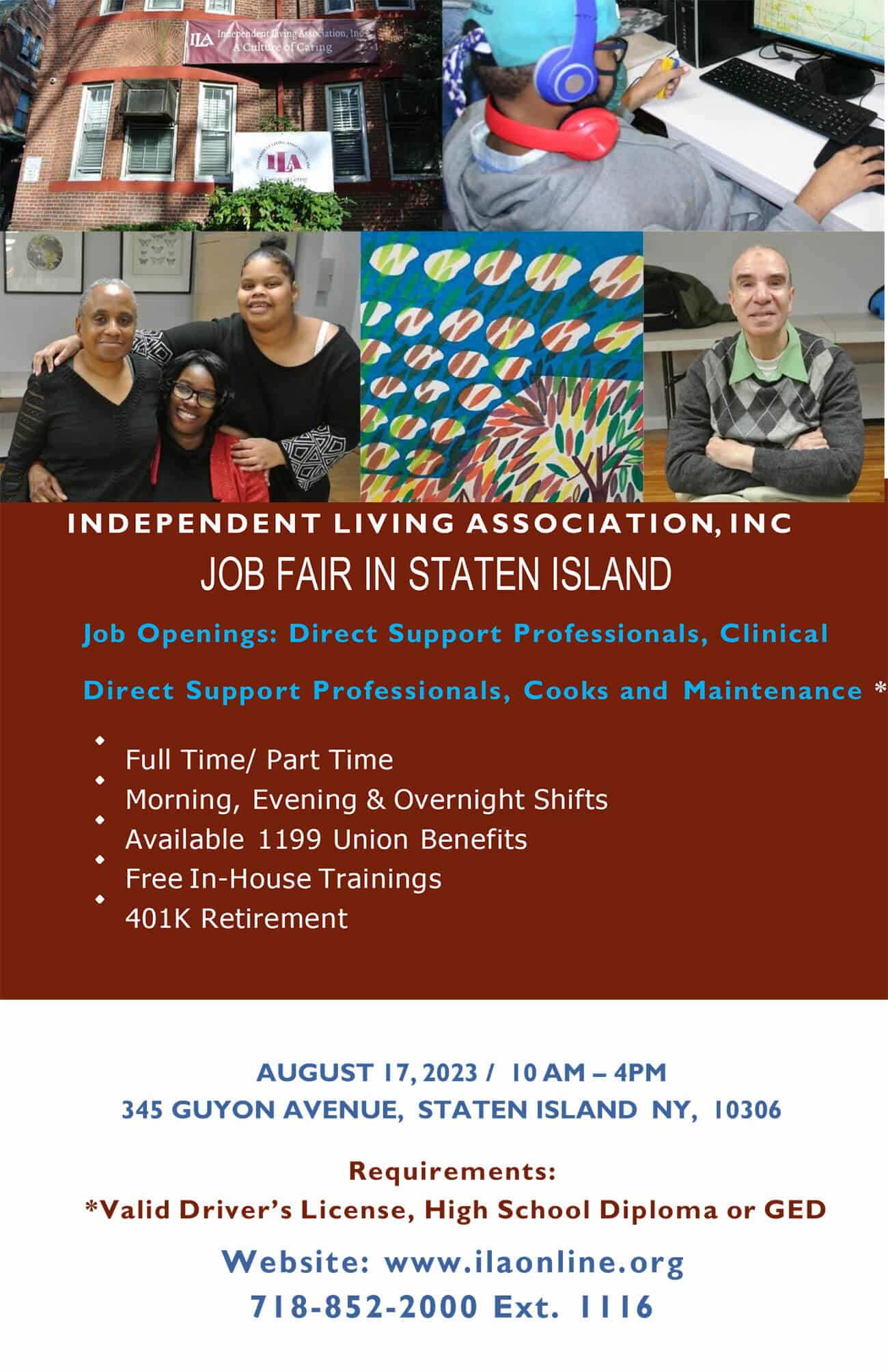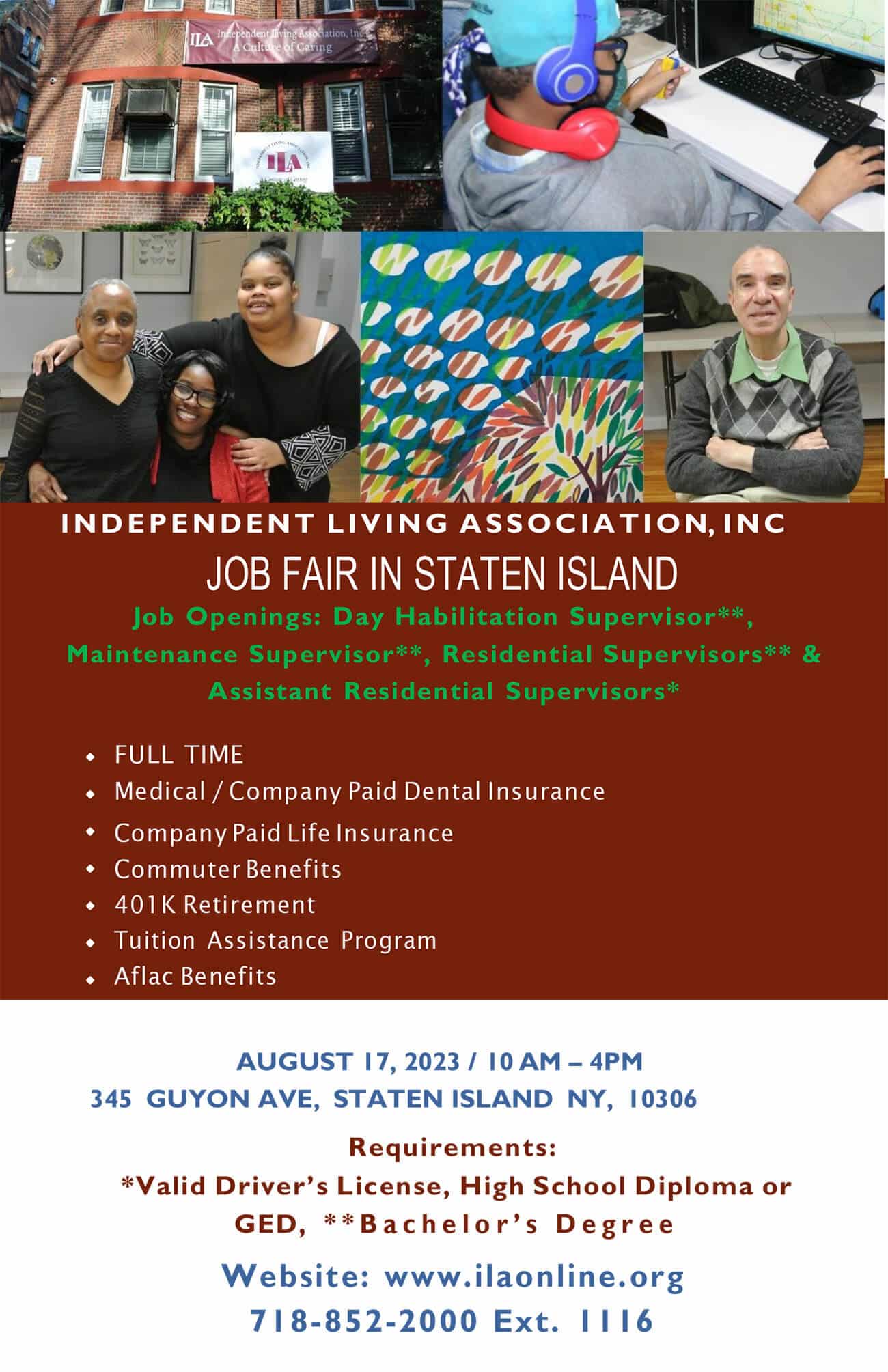What would it be like if the world wasn’t equipped to help meet your needs and align with your capabilities? Individuals with developmental disabilities don’t need to imagine. Fortunately, accessible technology can make a massive difference.
Why Accessibility Matters
When we think of improving accessibility, we often think of architectural updates like widened doors, ramps, curb cuts, and audible pedestrian signals. But the truth is that accessibility goes far beyond these highly visible examples. Accessibility issues affect every area of life, including technology. Technology is a fantastic innovation that can—and should—be enjoyed by everyone. But that’s not always the case.
How would it feel to use the computer if every webpage was filled with minuscule text and you couldn’t zoom in? What if you tried to watch a video, but every few seconds, the audio cut out? Or your keyboard was designed in such a way that made typing slow and difficult? It would probably be frustrating, while hampering your enjoyment of using technology.
Unfortunately, these are the kinds of challenges that people with disabilities often experience. However, thanks to amazing advances in technology, it’s possible to make the world more accessible than ever.
How Does it Work?
Accessible technology is designed with utility in mind. Basically, it allows the tech user to interact with the device in the way that works best for them, without limitation or impaired function. While anyone can use assistive technology, it’s especially vital for those with disabilities who might not otherwise be able to enjoy technology with the same ease and fluidity as others.
The accessible technology industry is still largely in its infancy, but savvy companies are quickly realizing that the market is more widespread than first thought. In fact, consumers with disabilities, along with their friends, family, and peers, make up an astonishing trillion-dollar market segment.
Here are just a few of the countless examples of accessible technology available today:
- Typing technologies like the Mantis Q40 Bluetooth QWERTY and braille combination keyboard
- Text-to-voice technologies like the free extension Speechify for Google Chrome
- Voice command virtual assistants like Alexa and Siri
The Future of Accessibility
Accessible technology can assist with learning and communication, provide entertainment, job opportunities, and improve the overall quality of life. It enables individuals with intellectual, developmental, and physical disabilities to interact with the world more freely and independently.
Accessible technology is constantly evolving, and each iteration of new devices improves on what came before. Designers have refined their creations by observing how disabled tech users interact with technology, adapting and tweaking accordingly. To help advance the creation of innovative and accessible technologies, it would be ideal for disabled individuals to have a greater say in new tech development. There’s no better way to meet the needs of a target audience than by directly involving them in the creative process!
At this moment, most accessible technology is still expensive and relatively rare—at least in comparison to widely available ‘universal design’ technologies. Still, its ongoing development is a sign of good things still to come.
Accessible technology can change lives for the better, as can dedicated, compassionate, and community-driven care like the disability services provided by the Independent Living Association.
Reach out to learn more about what we do and how you can help.


